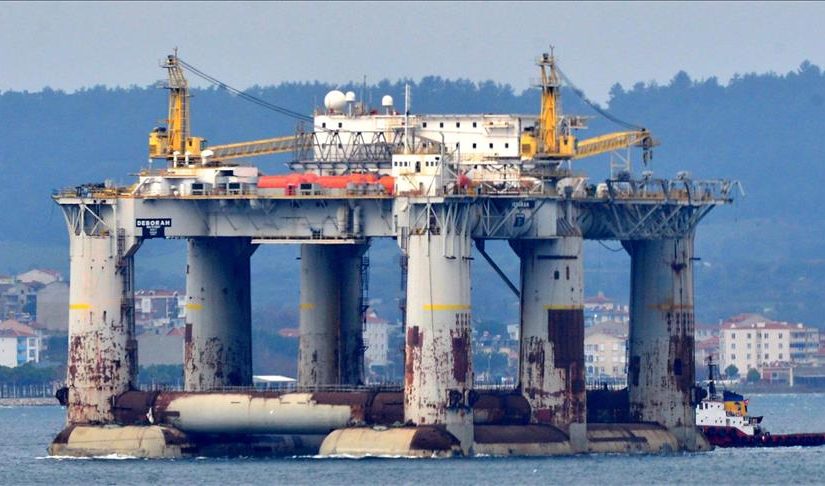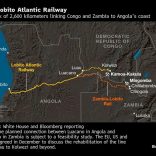Brazil sells rights to oil blocks near Amazon river mouth
Angola: Country at risk of default due to high debt costs, reliance on oil – EIU

in file CoM
Angola is at risk of going into financial default due to its high debt payments and heavy reliance on oil revenues, even after receiving a third tranche of support under an International Monetary Fund programme, the Economist Intelligence Unit (EIU) has warned.
After Angola failed to meet several of the goals set out under the IMF’s Extended Fund Facility, the institution agreed to outline new objectives, the EIU notes in a report for clients. It adds that because the level of debt payments is high, so is the risk of Angola going into financial default, due to its strong dependence on oil revenues.
The IMF in December approved the third disbursement, worth almost $250 million (€221 million), under the existing financial assistance programme. But as the EIU analysts note, the timetable has been changed and new targets set, aimed at supporting consolidation and transparency, and to support the restructuring of Angola’s financial sector.
In the report, which Lusa has seen, the EIU expresses particular concern about the increase in the ratio of public debt to gross domestic product and the high burden of debt when compared to total public revenues – factors it considers may cause the country to enter into default.
Public debt increased to an estimated 90.1% of GDP, from 35% in 2013, and the cost of servicing the debt accounts for 56.8% of total expenditure foreseen in the 2020 budget, the EIU notes. It warns that careful management of this portfolio and future debt financing will be critical if Angola wants to avoid even higher debt costs or the risk of financial default.
In early December, the IMF announced that it had approved the second stage of the programme for Angola, while warning that although the country’s debt “remains sustainable”, the debt-to-GDP ratio had increased substantially and thus already high risks had risen further.
The Fund’s experts also reviewed the forecast of public debt developments in Angola. It now estimates a ratio of 111% to GDP for the end of 2019, partly because of the depreciation of the currency, but sees that falling to about 70% by the end of the programme, in 2024.
It warns that as global prices for oil – Angola’s main export and currency earner – are expected to remain low, debt indicators will remain high.
In its December analysis of the programme, which resulted from meetings between the IMF and the Angolan authorities in Luanda in November, the IMF states that “there are multiple efforts in progress to deal with the risks of debt sustainability.”
The Fund’s base scenario points to debt declining to 70% of GDP in 2025, five percentage points above the medium-term target, supported by large oil revenues – two thirds of total revenues – “which helps limit the impact on the debt of currency fluctuations.”
In addition, the IMF adds, this forecast of a reduction in the public debt ratio is supported “by continued budget [cutting] effort and greater economic growth, supported by reforms and a more competitive exchange rate.”
At the same time, it argues, “the temporarily high debt ratio increases vulnerabilities to oil price fluctuations, which requires careful monitoring and immediate corrective actions of adverse shocks if they materialise.”
In terms of macroeconomic forecasts, the Fund estimated that the economy shrank by a further 1.1% last year, instead of the growth of 0.3% previously projected, while this year the it should growth by only 1.2%, not the 2.8% that the IMF was predicting back in June. It blamed lower-than-expected oil output.













Leave a Reply
Be the First to Comment!
You must be logged in to post a comment.
You must be logged in to post a comment.